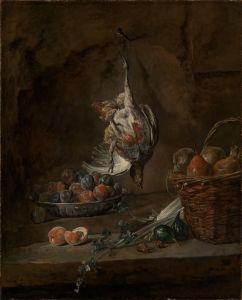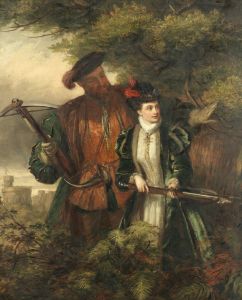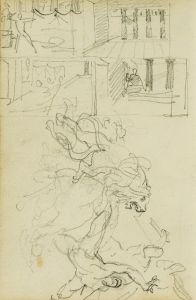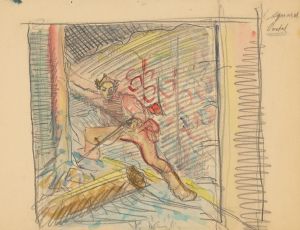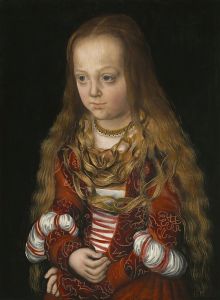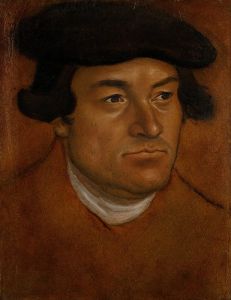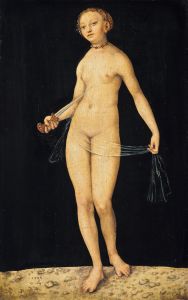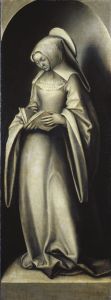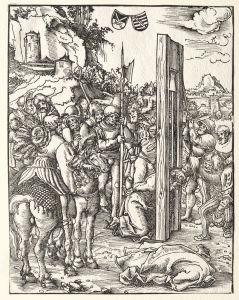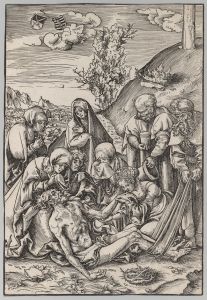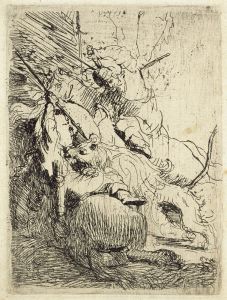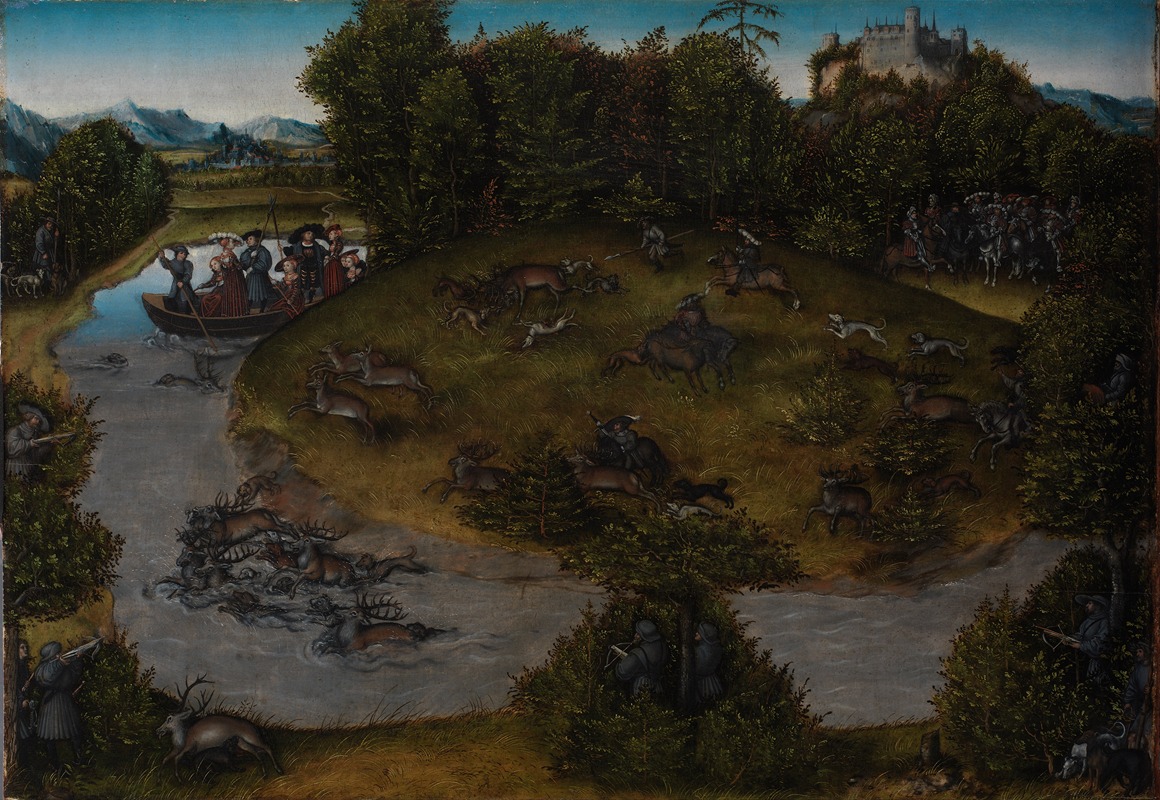
The Stag Hunt of the Elector Frederic the Wise of Saxony
A hand-painted replica of Lucas Cranach the Elder’s masterpiece The Stag Hunt of the Elector Frederic the Wise of Saxony, meticulously crafted by professional artists to capture the true essence of the original. Each piece is created with museum-quality canvas and rare mineral pigments, carefully painted by experienced artists with delicate brushstrokes and rich, layered colors to perfectly recreate the texture of the original artwork. Unlike machine-printed reproductions, this hand-painted version brings the painting to life, infused with the artist’s emotions and skill in every stroke. Whether for personal collection or home decoration, it instantly elevates the artistic atmosphere of any space.
"The Stag Hunt of the Elector Frederic the Wise of Saxony" is a painting by Lucas Cranach the Elder, a prominent German Renaissance artist. Lucas Cranach the Elder was born in 1472 in Kronach, Germany, and became one of the leading painters of his time, known for his portraits, religious scenes, and depictions of courtly life. He was closely associated with the court of the Elector of Saxony, which provided him with numerous commissions and a stable patronage.
The painting depicts a stag hunt, a popular and prestigious activity among the nobility during the Renaissance. Hunting scenes were a common subject in art at the time, symbolizing power, control over nature, and the aristocratic way of life. The Elector Frederic the Wise, also known as Frederick III, was the ruler of Saxony from 1486 until his death in 1525. He is best known for his support of Martin Luther and the Protestant Reformation, as well as for his role in the political landscape of the Holy Roman Empire.
In "The Stag Hunt of the Elector Frederic the Wise of Saxony," Cranach captures the excitement and grandeur of the hunt. The painting is characterized by its detailed depiction of the landscape, the dynamic composition of the figures, and the meticulous rendering of the animals. The Elector is likely depicted among the hunters, although the exact identification of the figures is not always clear. The scene is set in a dense forest, with hunters on horseback and on foot, accompanied by hunting dogs, all engaged in the pursuit of the stag.
Cranach's style is evident in the painting's vibrant colors, precise lines, and the careful attention to detail. His ability to convey texture and movement adds to the realism and liveliness of the scene. The painting not only serves as a historical record of the hunting practices of the time but also reflects the social and cultural values of the Saxon court.
Lucas Cranach the Elder's works, including "The Stag Hunt of the Elector Frederic the Wise of Saxony," are significant for their artistic quality and their insight into the life and times of the German Renaissance. Cranach's legacy continued through his workshop and his son, Lucas Cranach the Younger, who also became a renowned painter.
The painting is part of the rich cultural heritage of the period and is an example of Cranach's skill in capturing the essence of his subjects. It remains an important piece for understanding the interplay between art, politics, and society in early 16th-century Germany.





